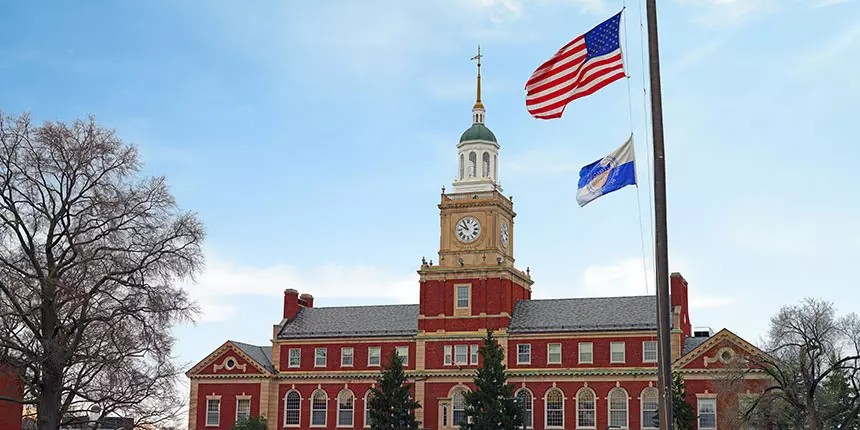The US flaunts a different and energetic scene of advanced education establishments, each with its own remarkable culture, customs, and grant structures. From Elite level colleges saturated with hundreds of years of scholarly glory to dynamic state schools and inventive junior colleges, the American advanced education framework offers an abundance of chances for understudies to seek after their intellectual and expert objectives. In this thorough investigation, we dig into the complex culture and grant structures that characterize colleges across the USA.
Different Scholastic Biological system
One of the characterizing elements of the American advanced education scene is its variety. Colleges in the USA fluctuate generally in size, area, mission, and scholarly contributions, taking special care of a wide range of understudy interests and foundations. Whether situated in clamoring metropolitan focuses or quiet provincial scenes, these foundations add to the rich embroidery of higher learning in the country.
Elite level Eminence and Custom
The Elite level colleges, containing eight renowned foundations like Harvard, Yale, and Princeton, hold an exceptional spot in the American advanced education pecking order. Known for their exceptionally old practices, celebrated accounts, and elite resources, Elite level schools are inseparable from scholastic greatness and scholarly thoroughness. They draw in top-level understudies and researchers from around the globe and proposition a far reaching exhibit of projects crossing human expression, sciences, humanities, and expert fields.
State Colleges: Availability and Moderateness
Rather than the first class status of Elite level schools, state colleges assume a urgent part in giving open and reasonable advanced education to a wide cross-segment of understudies. These organizations, supported by state legislatures, offer a different scope of scholarly projects at both the undergrad and graduate levels. State colleges frequently focus on in-state occupants for confirmation and give significant monetary guide bundles to moderate the expense of educational cost and charges.
Junior colleges: Pathways to A potential open door
Junior colleges act as crucial entryways to advanced education for a large number of understudies across the USA. Offering two-year partner degree programs, professional preparation, and grown-up instruction courses, junior colleges take care of different understudy populaces, including late secondary school graduates, working experts looking for professional success, and returning grown-up students. These establishments focus on reasonableness, adaptability, and functional abilities improvement, giving understudies a strong starting point for scholarly and proficient achievement.
Grant Designs and Monetary Guide
The American advanced education framework offers an assortment of grant structures and monetary guide choices to assist understudies with funding their schooling. Grants might be granted in view of scholastic legitimacy, athletic accomplishment, administration potential, or monetary need. Furthermore, bureaucratic and state legislatures, as well as colleges themselves, give awards, credits, and work-concentrate on potential open doors to qualified understudies to assist with taking care of the expense of educational cost, books, and everyday costs.
Colleges in the USA address a dynamic and multi-layered environment of higher learning, described by variety, development, and opportunity. Whether going to an Elite level foundation, a state college, or a junior college, understudies approach top notch scholastic projects, prestigious staff, and broad help administrations. Through a blend of rich social practices, different grant structures, and a pledge to openness and greatness, colleges in the USA keep on shaping the personalities and fates of ages of understudies from around the world.
Schollarships in USA :
Scholarships in the United States play a crucial role in expanding access to higher education and fostering academic excellence among students from diverse backgrounds. These financial awards, offered by various organizations including universities, corporations, foundations, and government entities, help alleviate the burden of tuition fees and other educational expenses. Scholarships are typically awarded based on merit, need, or a combination of both, recognizing academic achievements, leadership potential, community involvement, and other factors.
They serve as a valuable resource for students pursuing undergraduate, graduate, and professional degrees, enabling them to focus on their studies and pursue their aspirations without the overwhelming burden of student debt. Moreover, scholarships contribute to fostering diversity and inclusivity within educational institutions by supporting students from underrepresented communities and empowering them to thrive in their academic pursuits. Through scholarships, the United States continues to uphold its commitment to ensuring that education remains accessible and equitable for all, regardless of socioeconomic status or background.
